Exploring Rosenborg Castle and Christianshavn
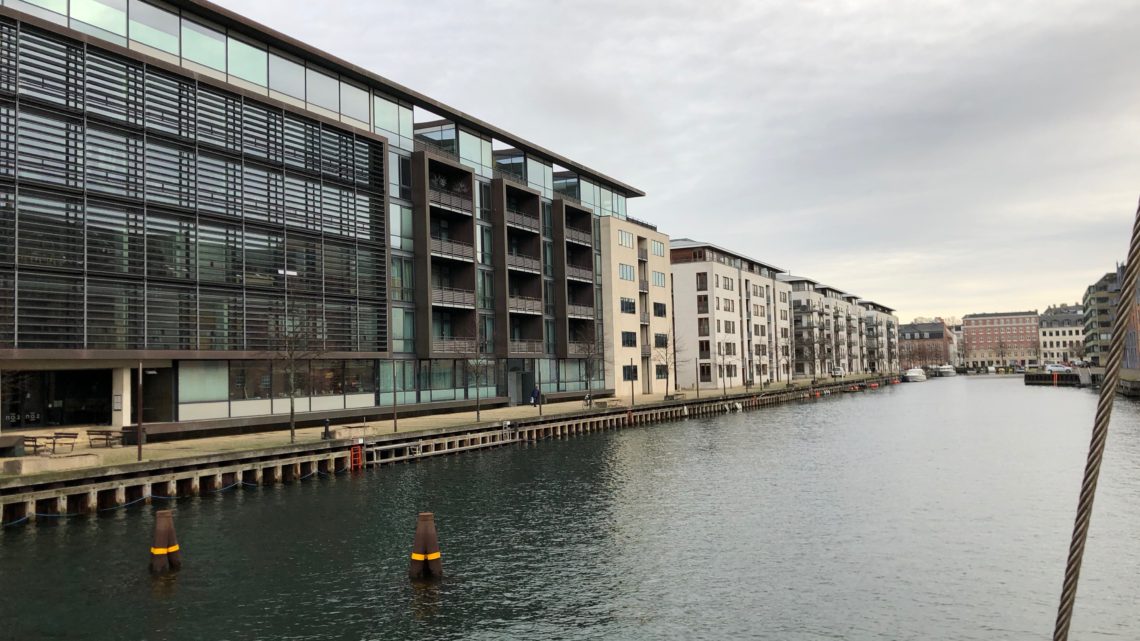
It was my last day in Copenhagen! I had already seen many of the city’s diverse neighborhoods and major sites. However, there were still a few attractions I had yet to visit. One of those was Rosenborg Castle.
That morning, I set off to an area north of the city center where the castle is located. Although formerly a royal residence, it is now a museum displaying well-preserved rooms and numerous treasures, including the Danish Crown Jewels and Royal Regalia.
Rosenborg Castle
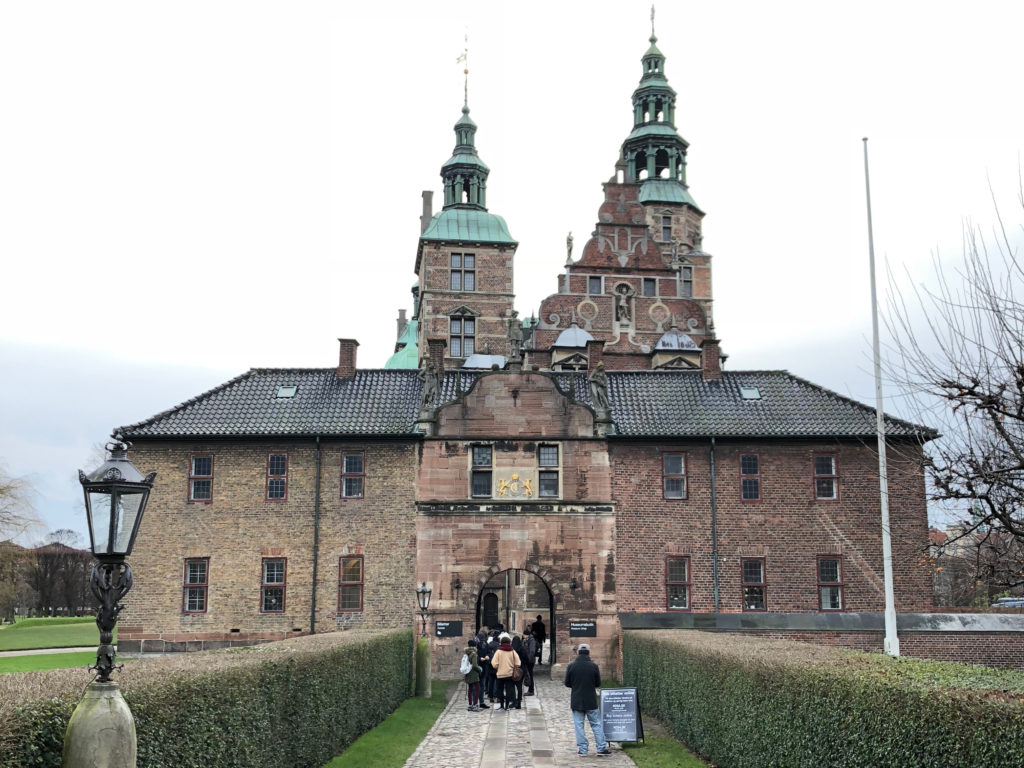
I arrived at a welcoming gatehouse, where I bought my entrance ticket. After passing through, I was immediately in awe with this building!
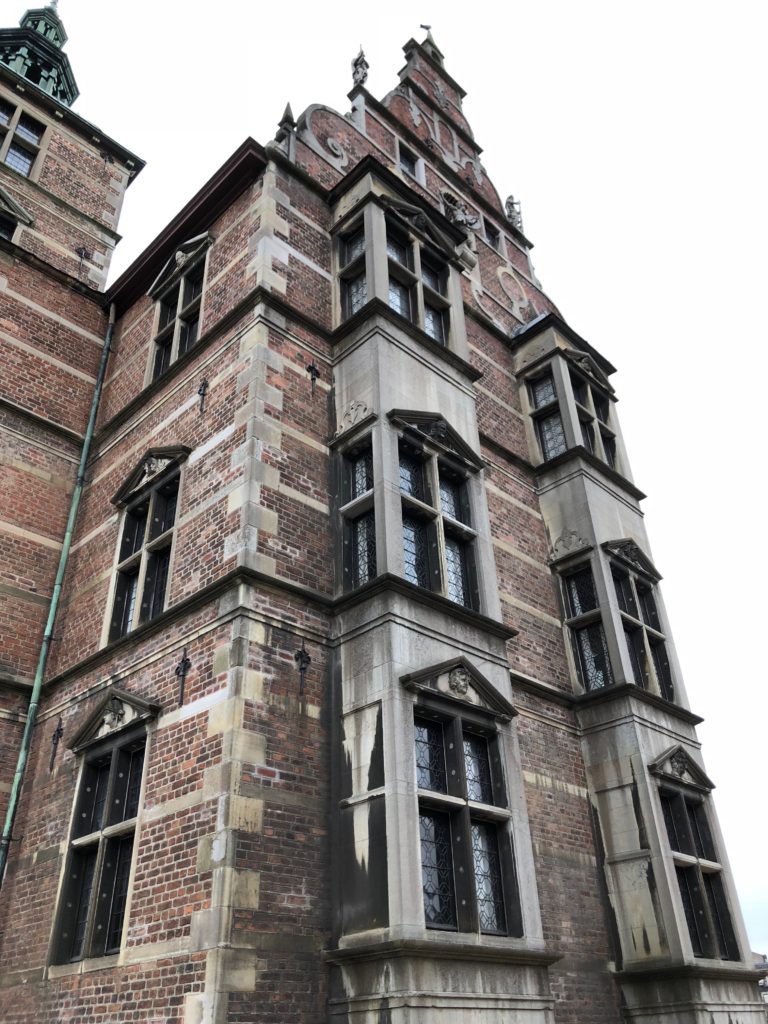
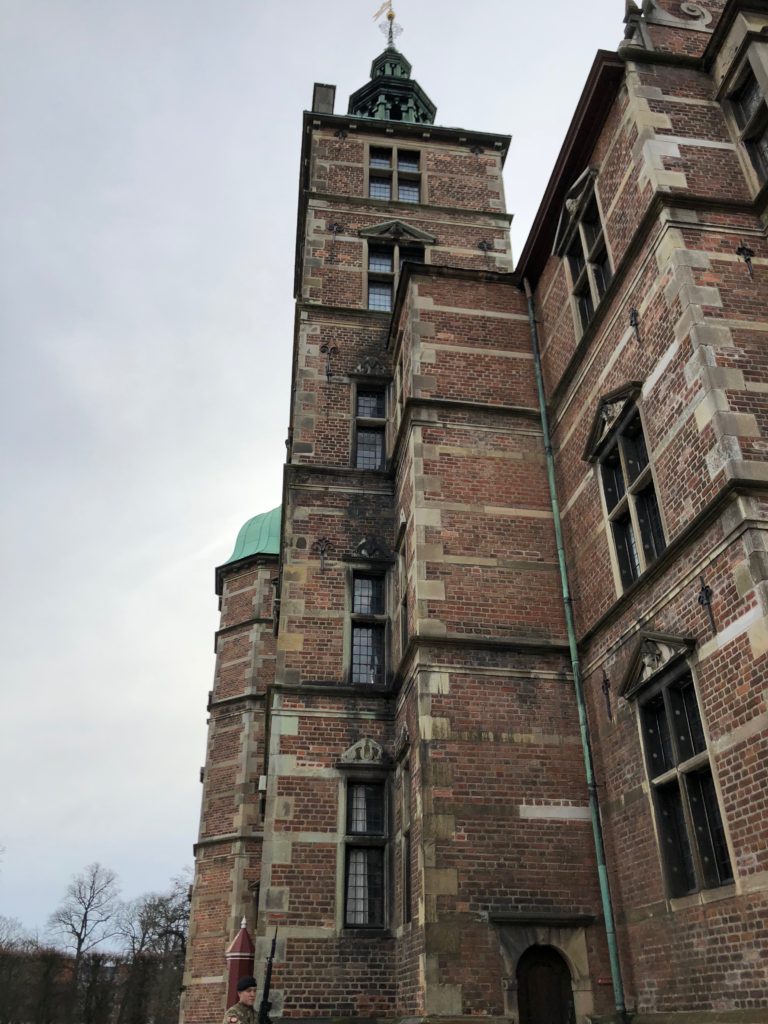
Built in the Dutch Renaissance style, the design blends dark red brick with sandstone ornamentation around the windows. Three large green spires tower over the rest of the building to create a grand residence fit for a king! I couldn’t help but look up and admire this beautiful design.
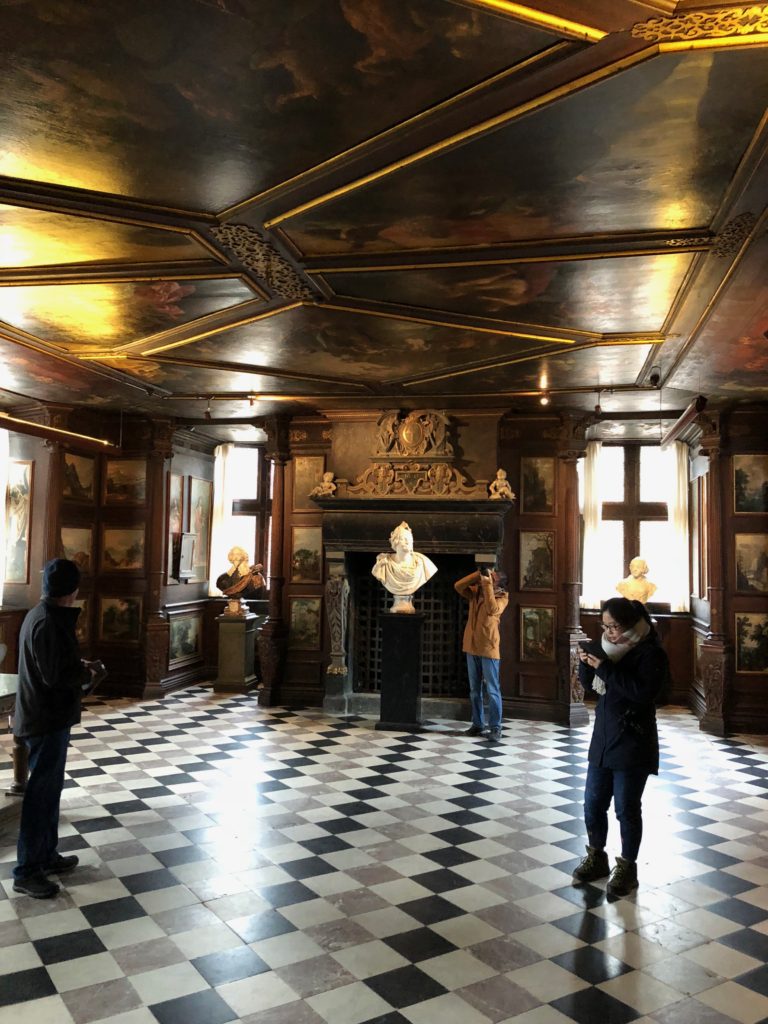
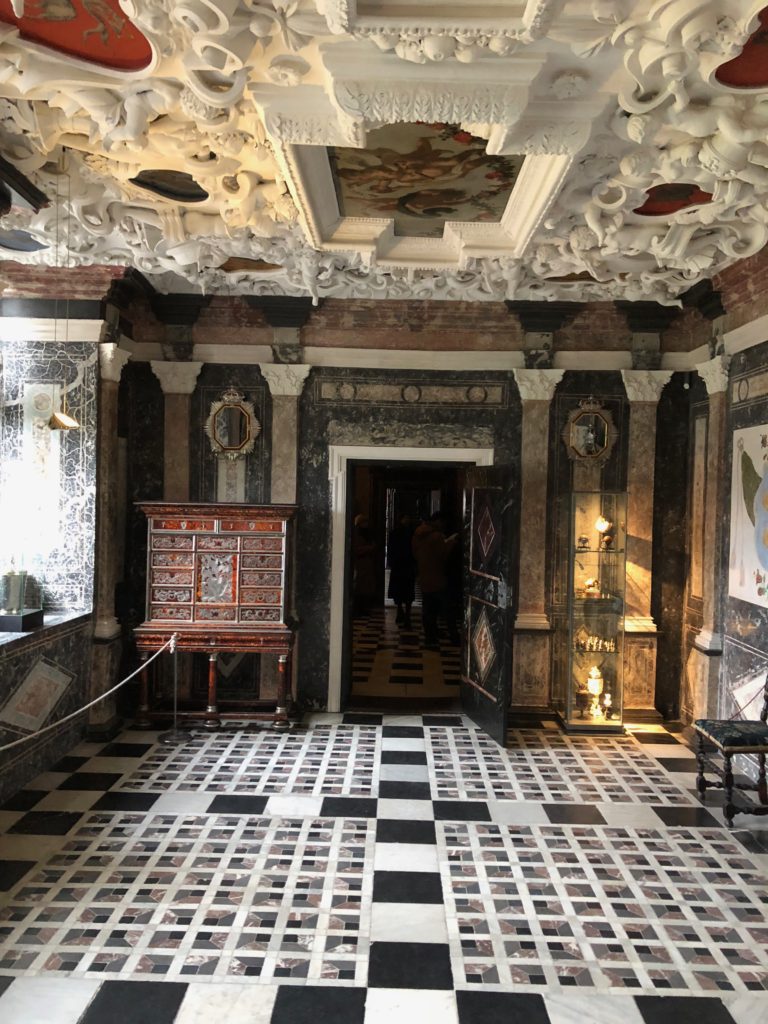
I entered the castle and was amazed at how much detail went into each room. The first room I saw had a marble floor with a contrasting dark and light colored pattern, complemented with wooden walls and fresco-covered ceilings. Another room I passed through was made entirely of marble and had a delicately carved ceiling that resembled fine ceramic work.
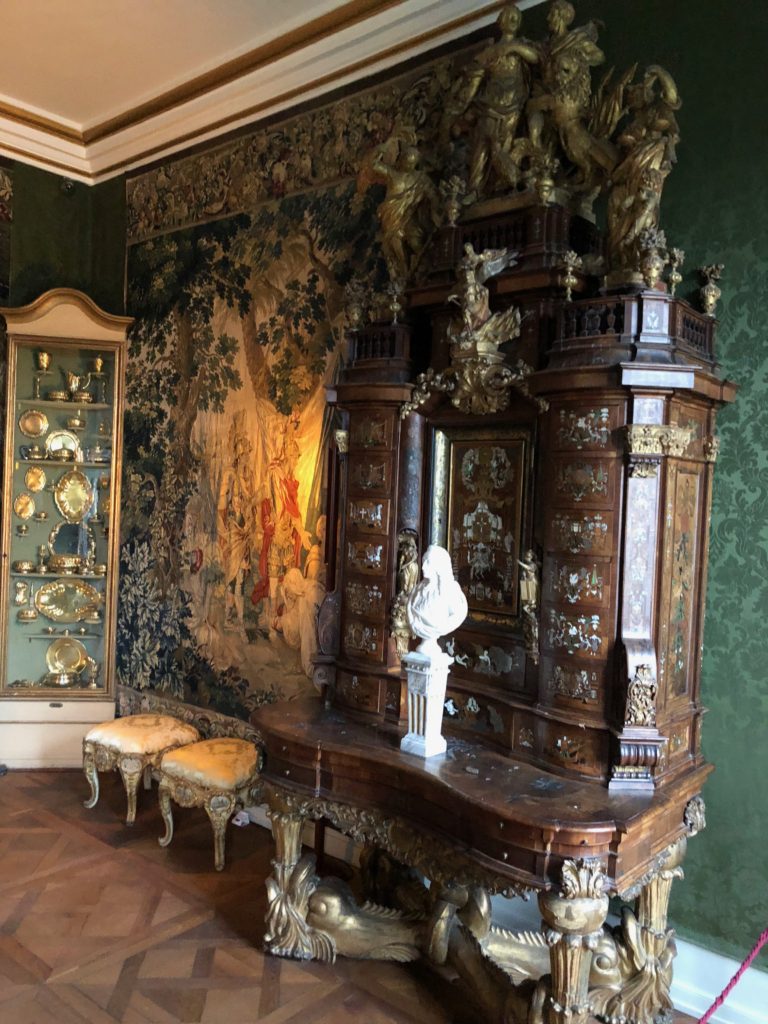
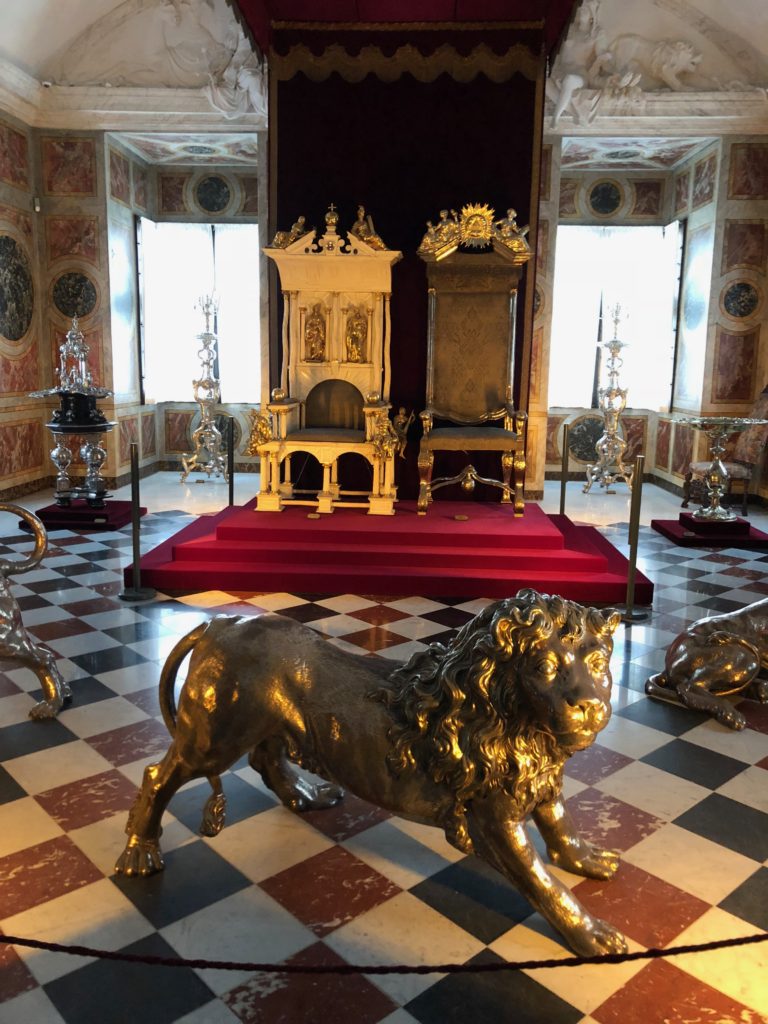
Each room was preserved to give visitors a glimpse into what life was like for the royal family back in the 17th century. I saw everything from gilded armoirs, wooden thrones, and marble statues that made this residence stand out as one for the elite.
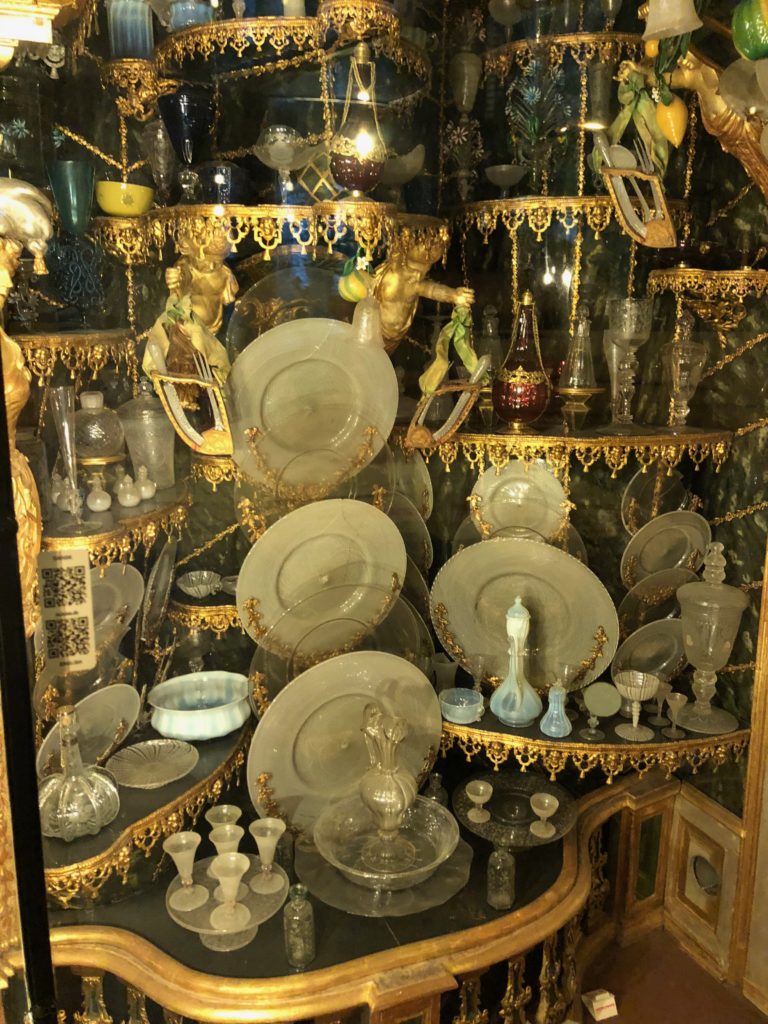
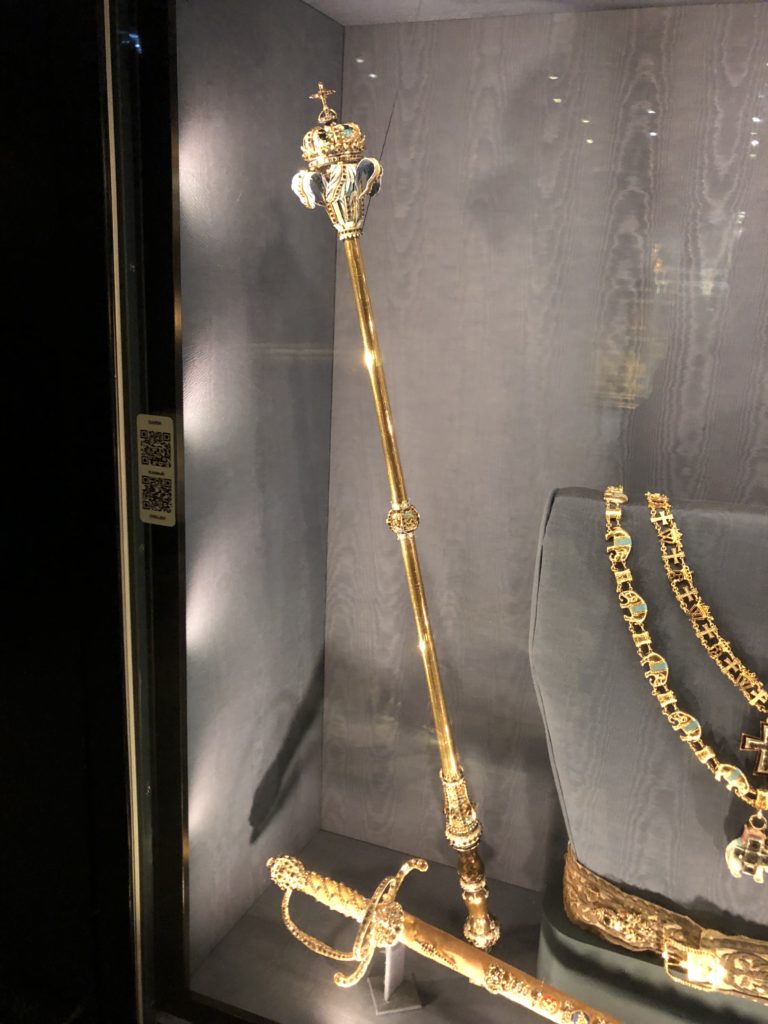
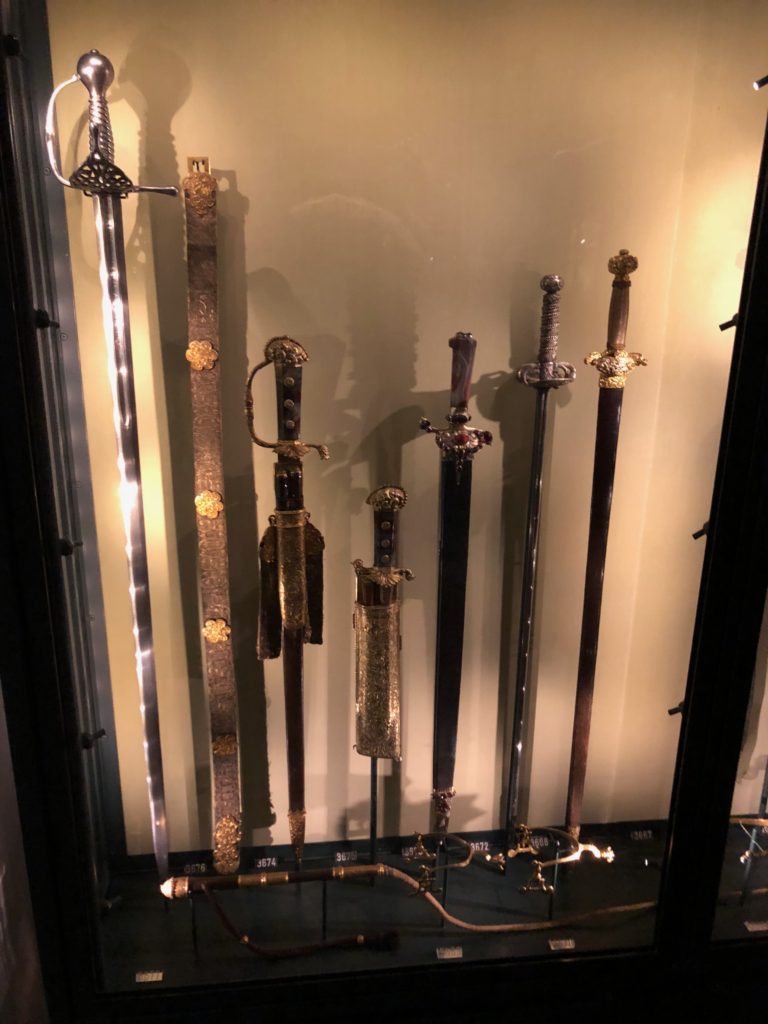
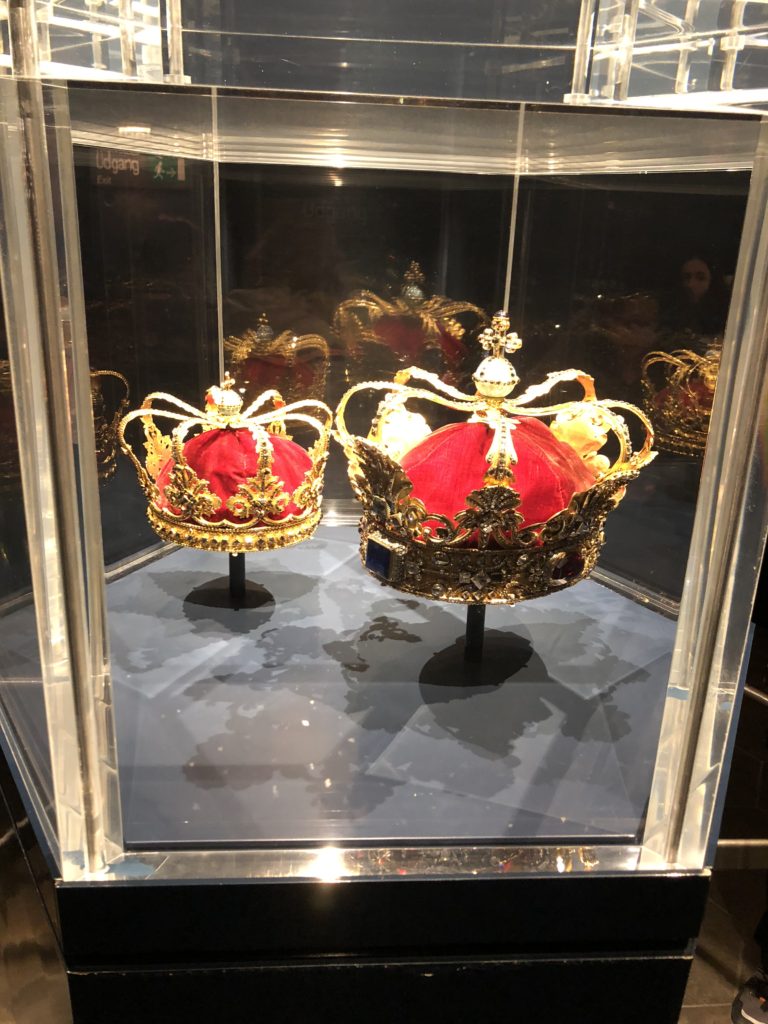
The castle contains all kinds of treasures that belonged to the royal family. Today, it also contains a vault housing the Royal Regalia and Crown Jewels of former Danish rulers!
King’s Garden
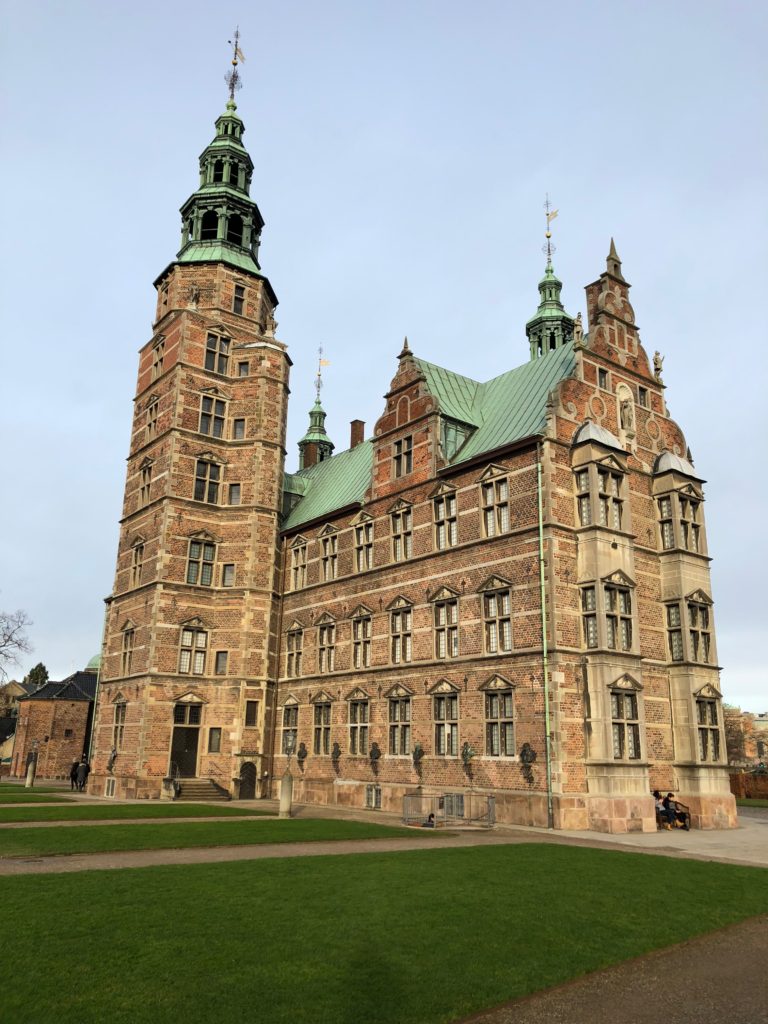
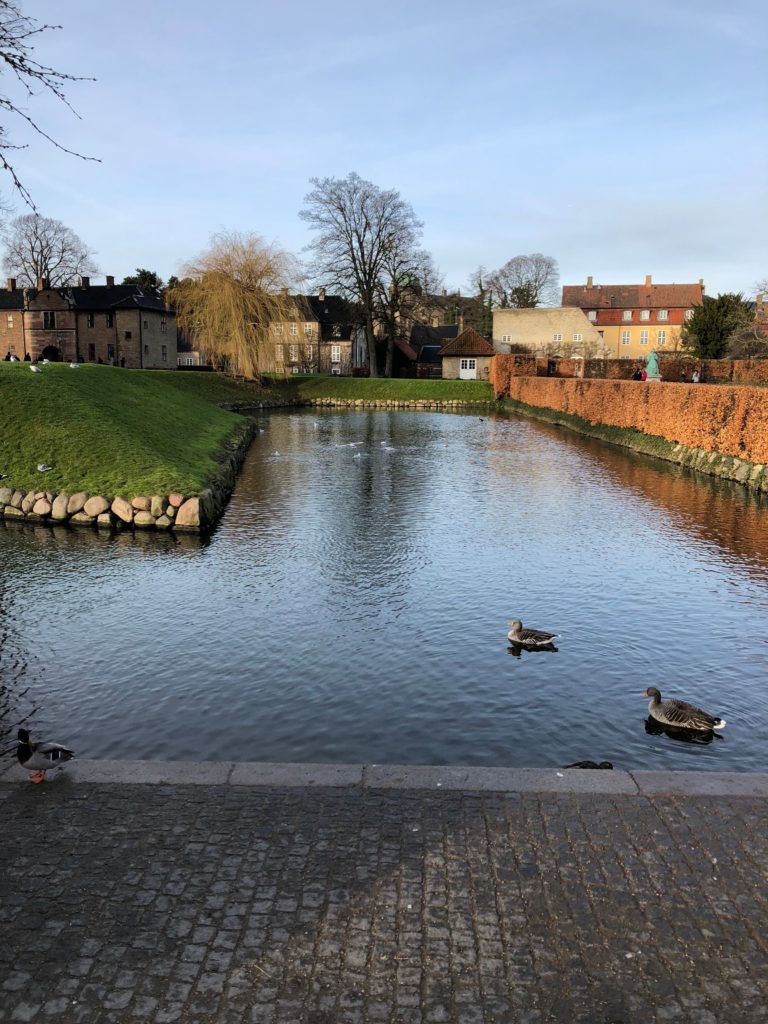
After spending awhile admiring the beautiful interior, I headed outside to the King’s Garden. I looked back at the castle, which stood proud and tall over the neighboring garden. Although most of the leaves had fallen, I imagined what this garden must be like when it’s lush and green, providing a backdrop to the beautiful palace it houses.
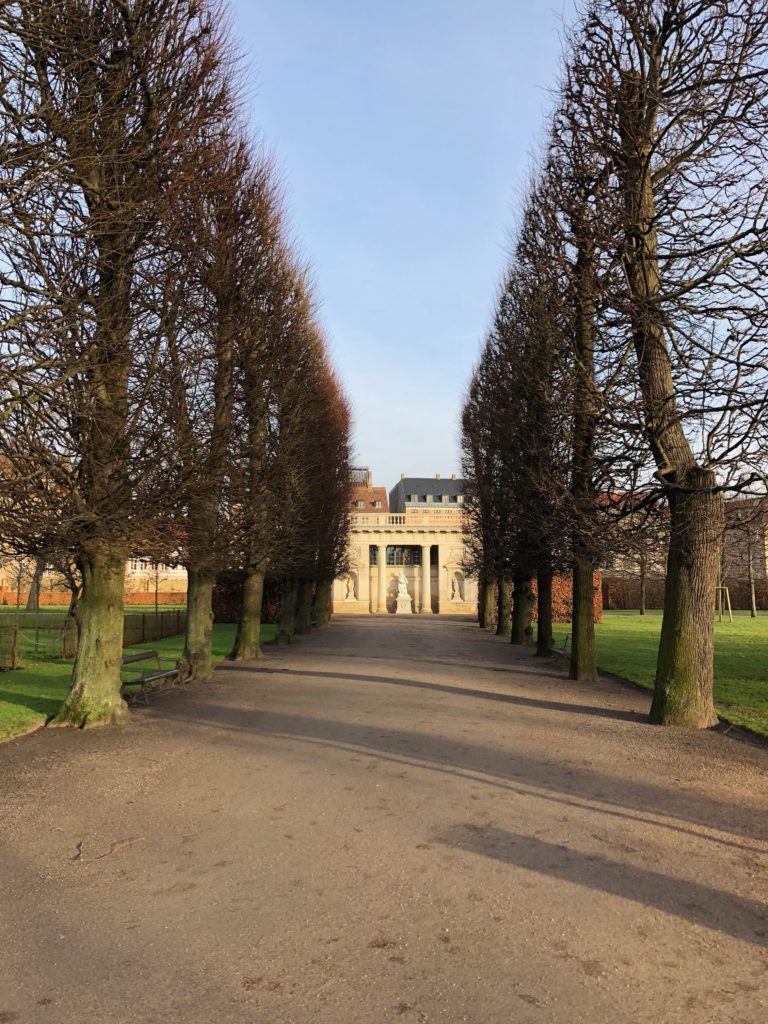
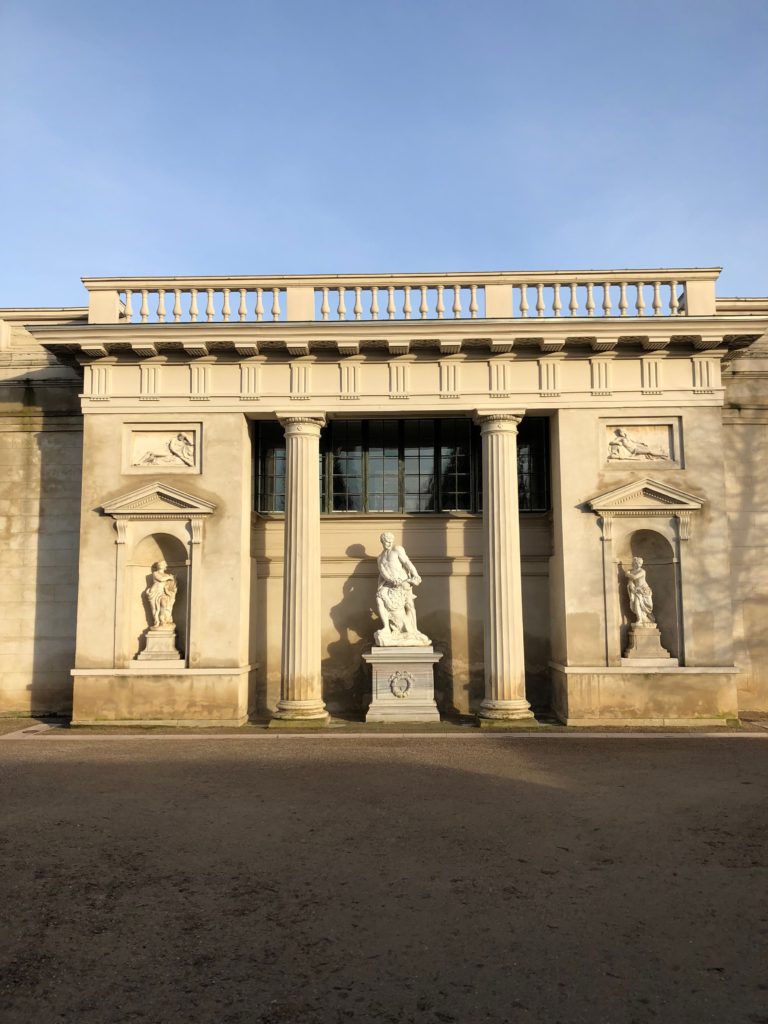
I headed down the stairs into the main garden area and took a stroll down one of the avenues of lime trees. I reached the Hercules Pavilion, a simple neoclassical structure that terminates the axis of trees. Today, this marble building houses a cafe for visitors.
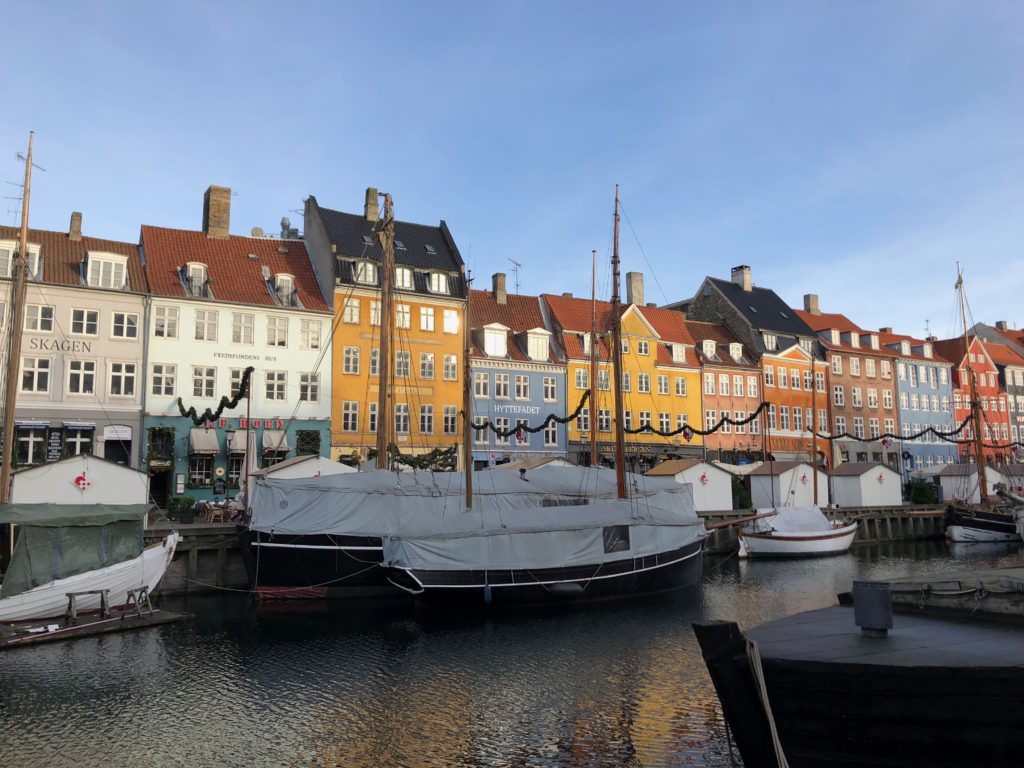
As noon approached, it was time to start heading towards my next stop: Christianshavn. I stopped in Nyhavn for a delicious seafood meal by the port. The sun was out in full swing (a rarity in Copenhagen during the winter) as I sipped on a beer and enjoyed some fresh cod. I even got to try some Danish pancake puffs for dessert! The meal was not cheap, as Copenhagen is an incredibly expensive city even for European standards, but it was great to have at least one upscale meal while in the city.
Royal Danish Library
After lunch, I went south towards Christianshavn, but not without first stopping at the Royal Danish Library. On my first day, I saw the Black Diamond at the side of the canal from my tour boat. This time, I got to experience the library for myself.
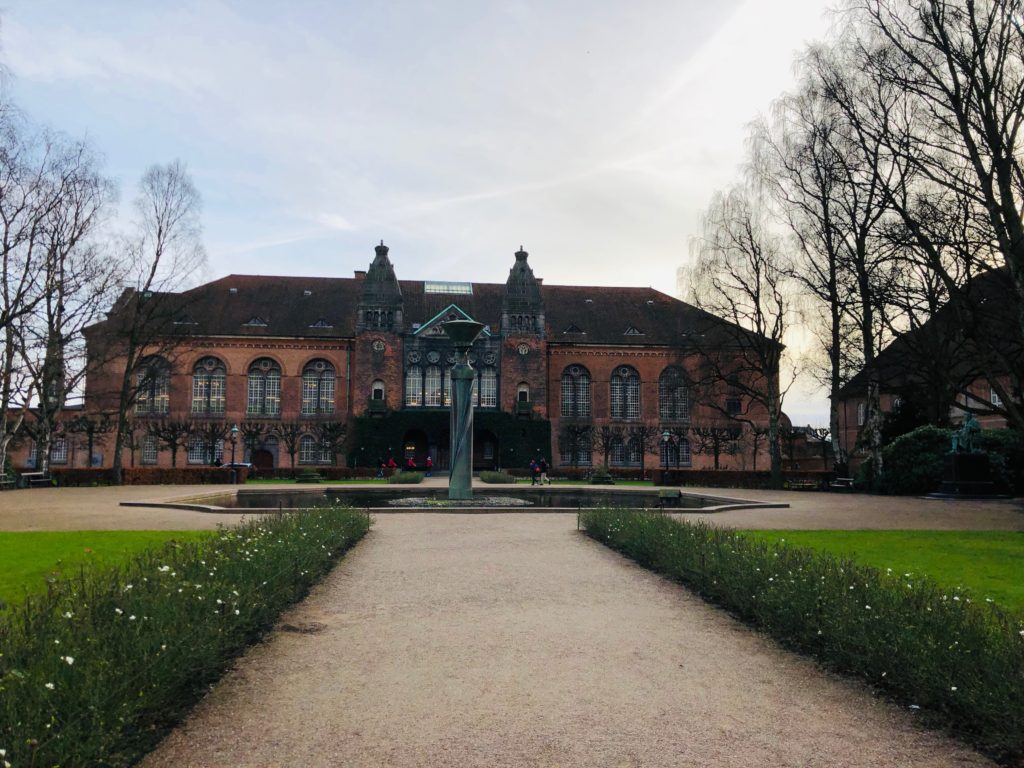
The original brick building was built in 1906 and at
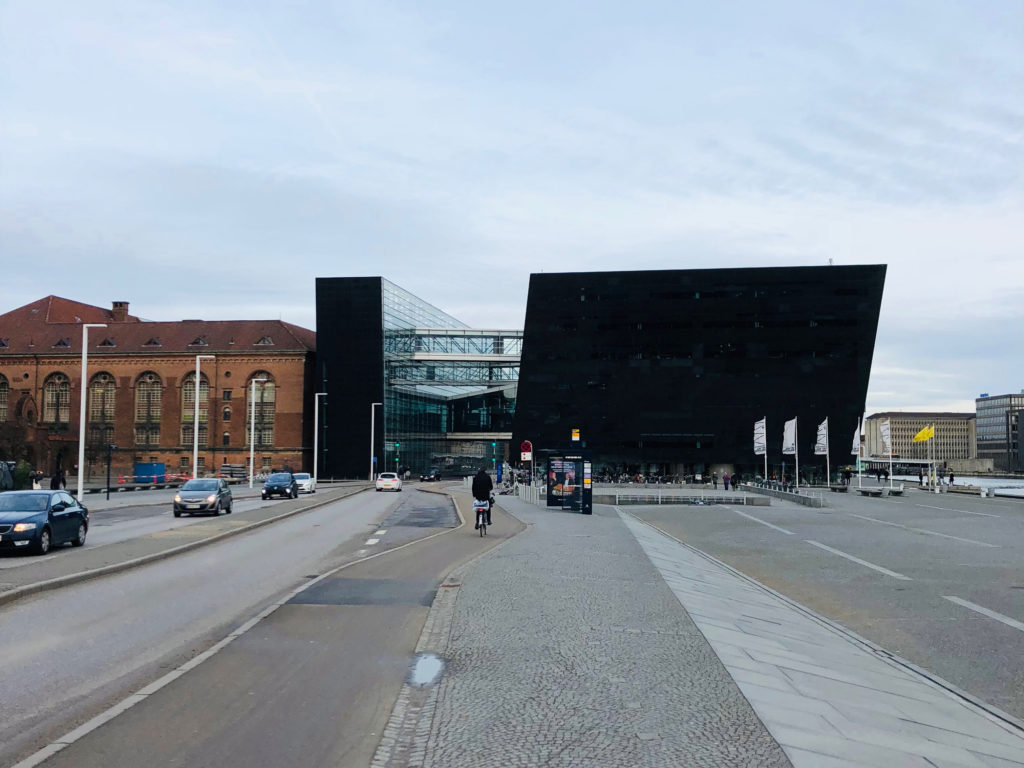
Designed by the Danish architecture firm, Schmidt Hammer Lassen, this eye-catching modern addition stands out with its black granite exterior and angled prismatic shape.
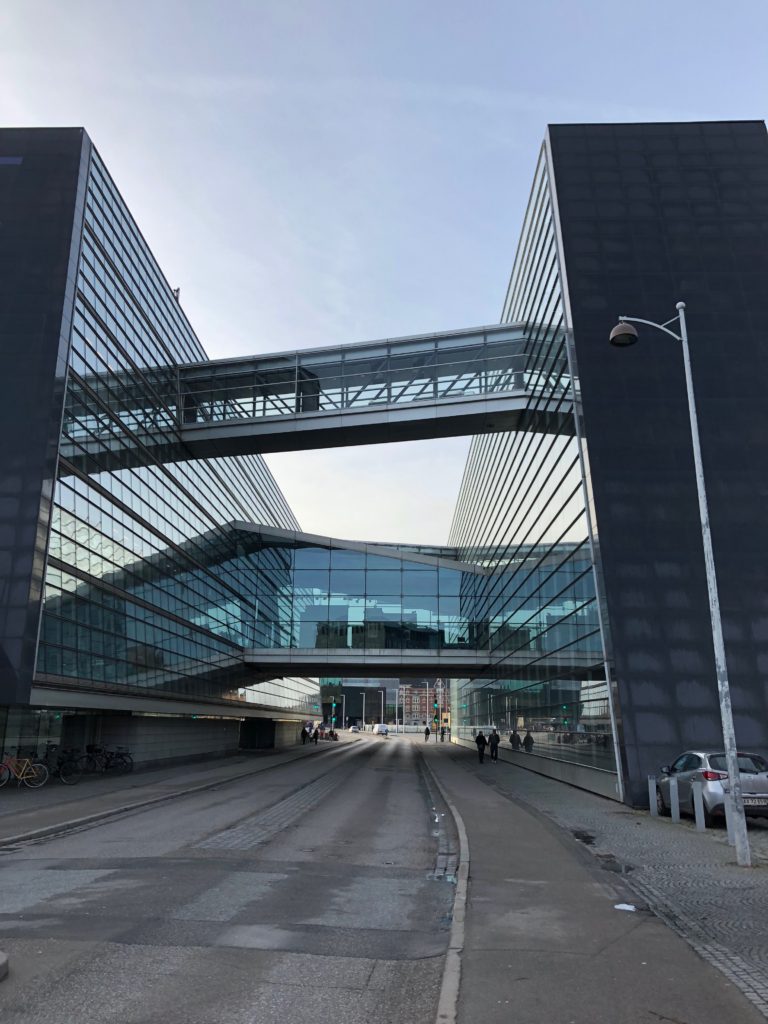
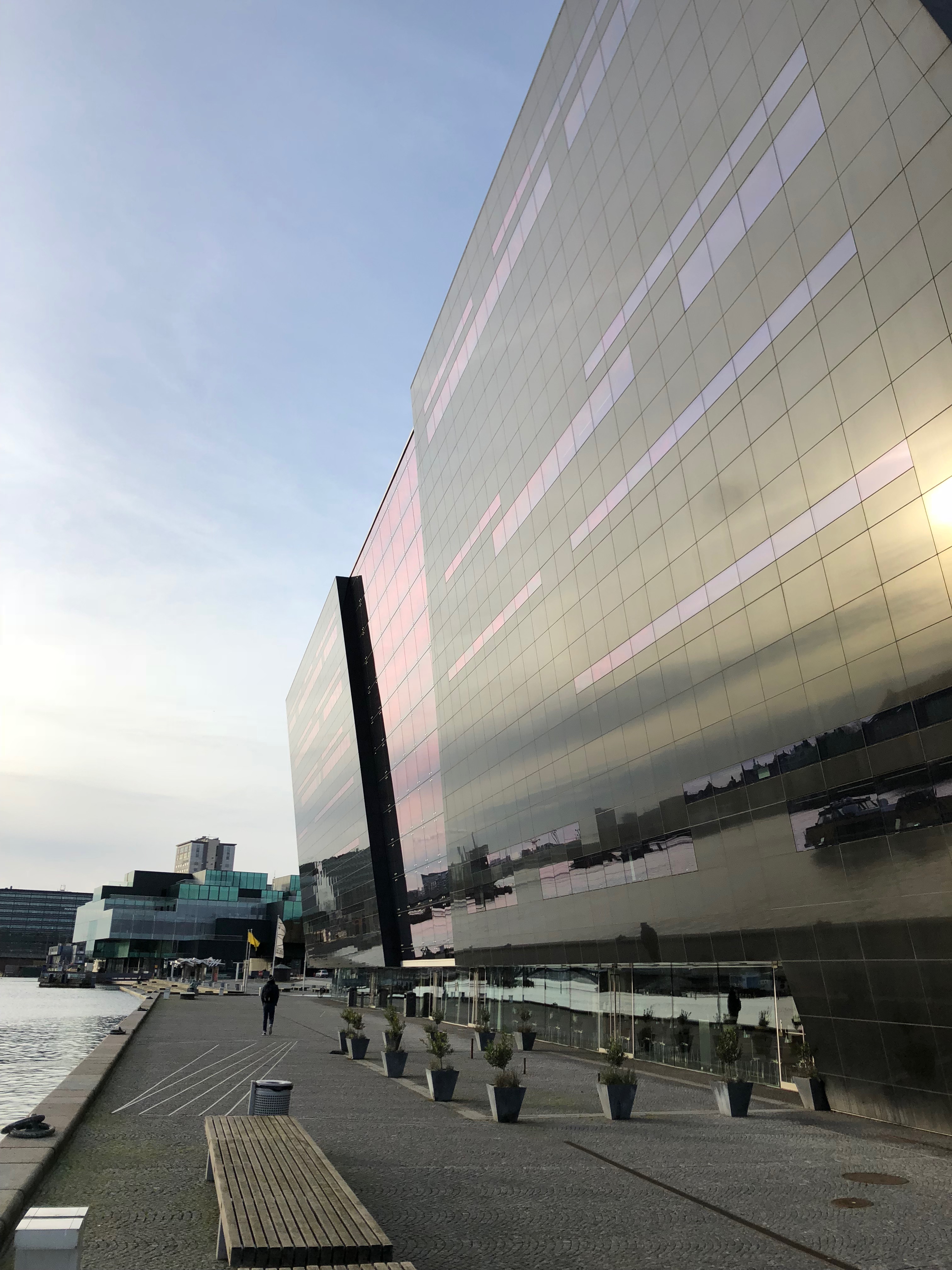
A road passes through the diamond, with skyways connecting the main mass of the building to the smaller one that adjoins the original library. The exterior basks in sunlight, emitting a gold color when light is reflected off the black granite.
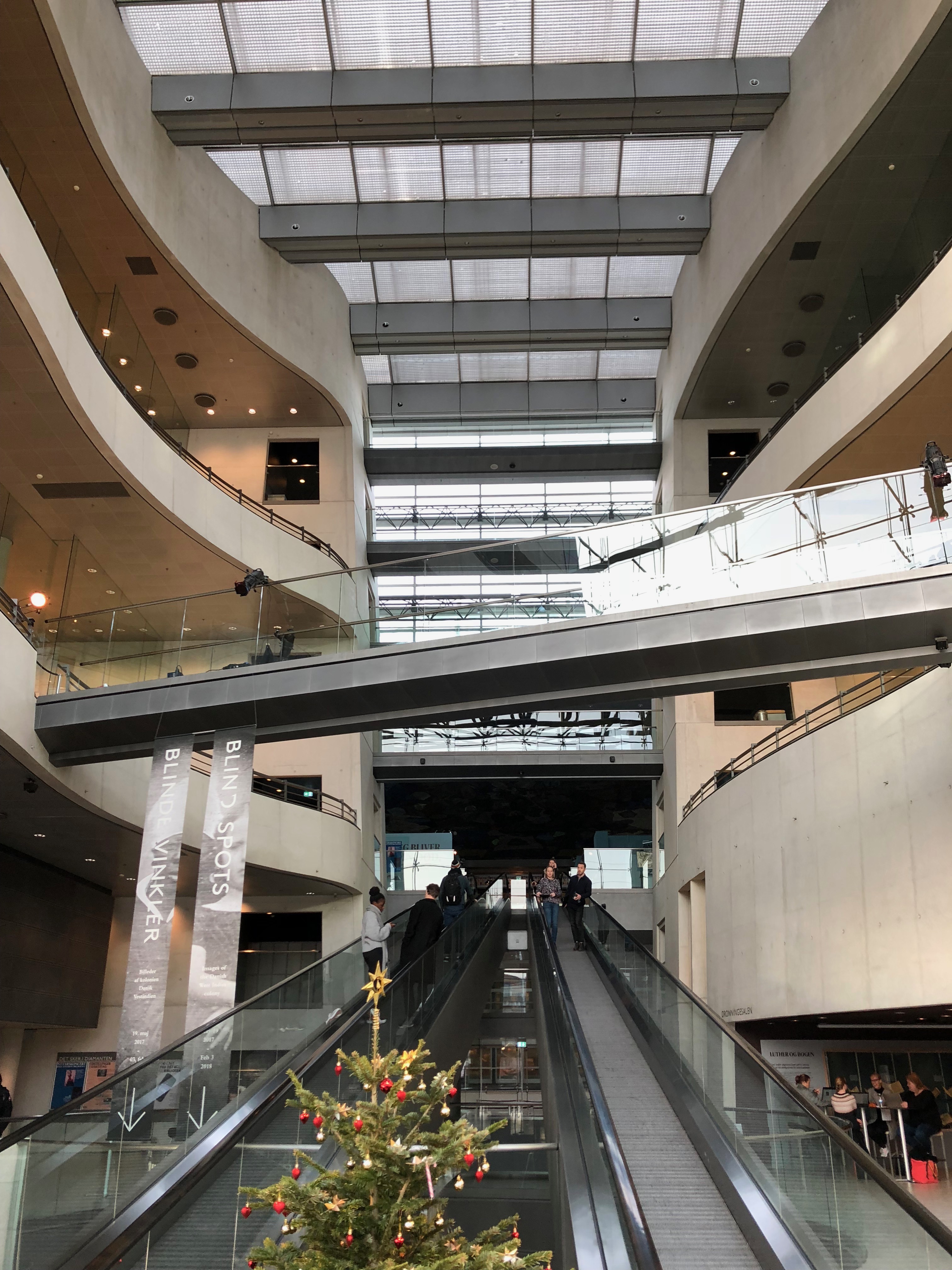
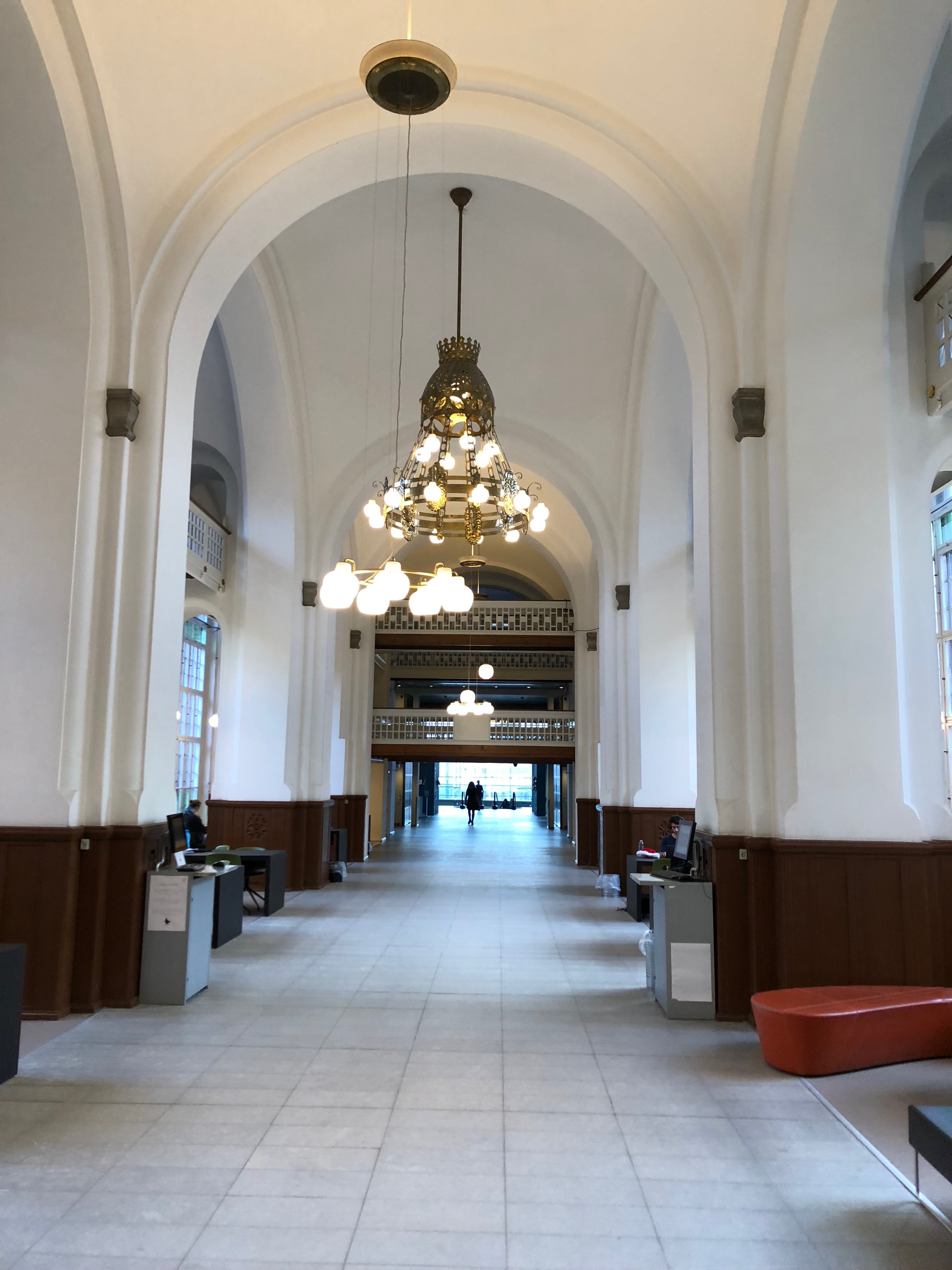
Inside, a large atrium divides the two halves of the modern wing, with large windows and a skylight that provides natural light. Angled walkways connect the two sides, which are lined with curved slab edges and railings. Two escalators lead from the waterfront entrance, up through the atrium, and into the original building. Once you ascend the escalators and cross into the old library, you will find vaulted ceilings, tiled floors, and hanging chandeliers, giving it a traditional library feel.
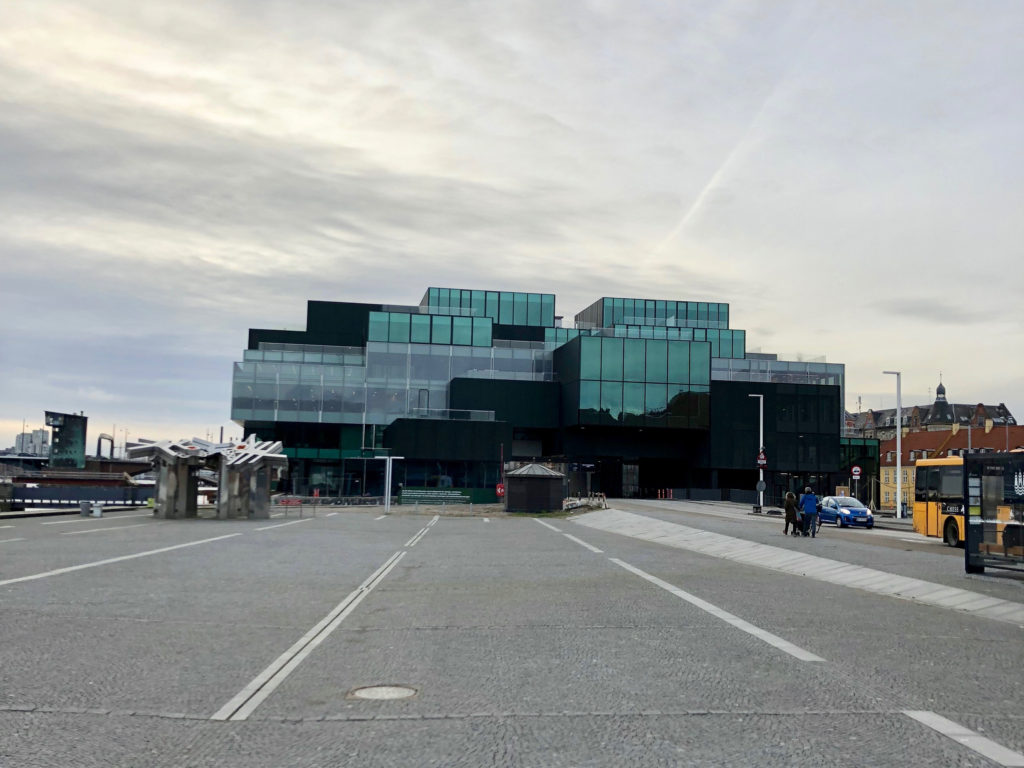
Christianshavn
I exited the library and crossed the nearby bridge over to Christianshavn. While walking over, I got a look at the blocky Danish Architecture Center. While I sadly didn’t have time to stop, I admired the exterior, which fit together like stacked cubes. It looked like a glass version of Moshe Safdie’s Habitat 67 in Montréal.
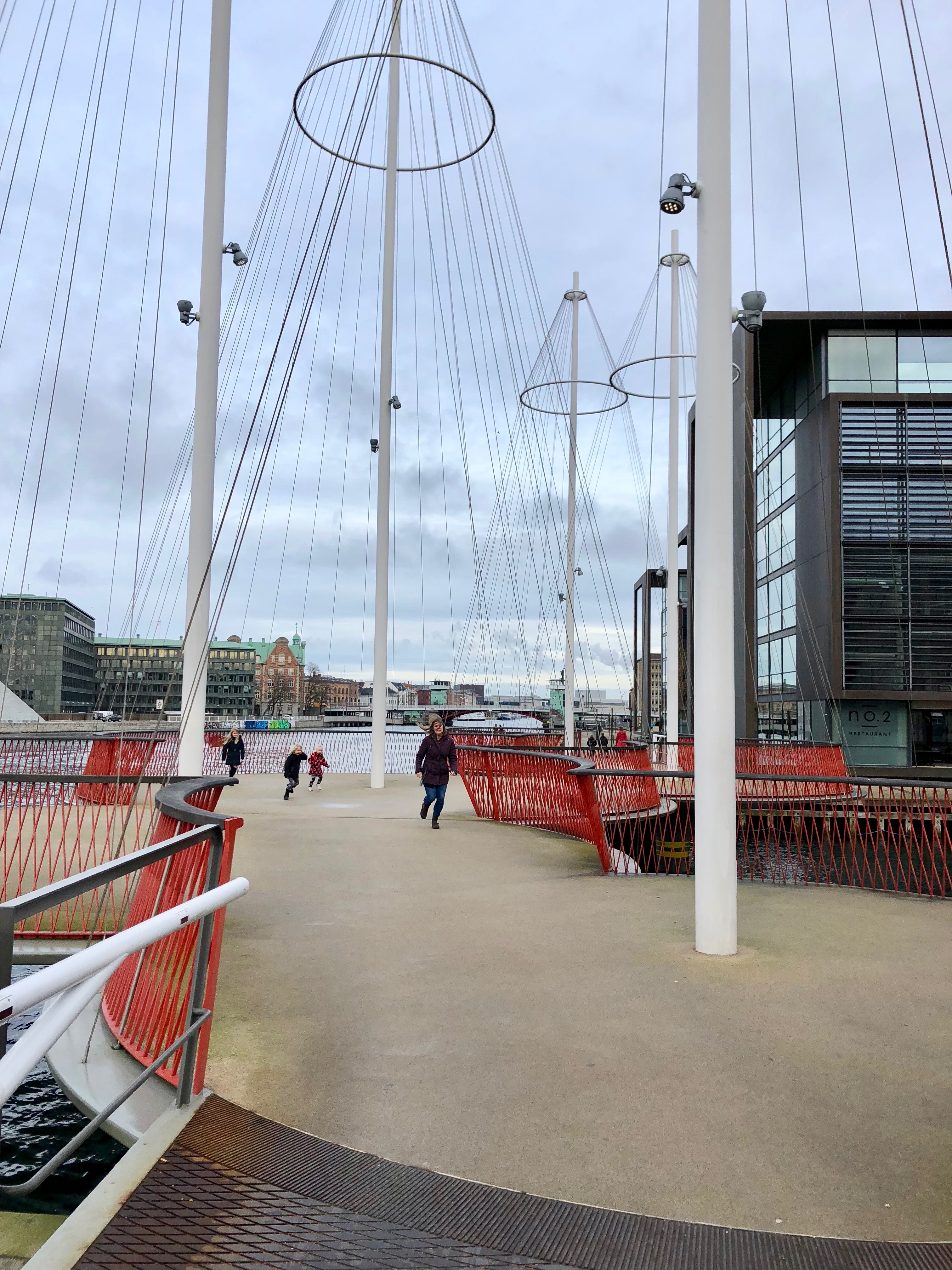
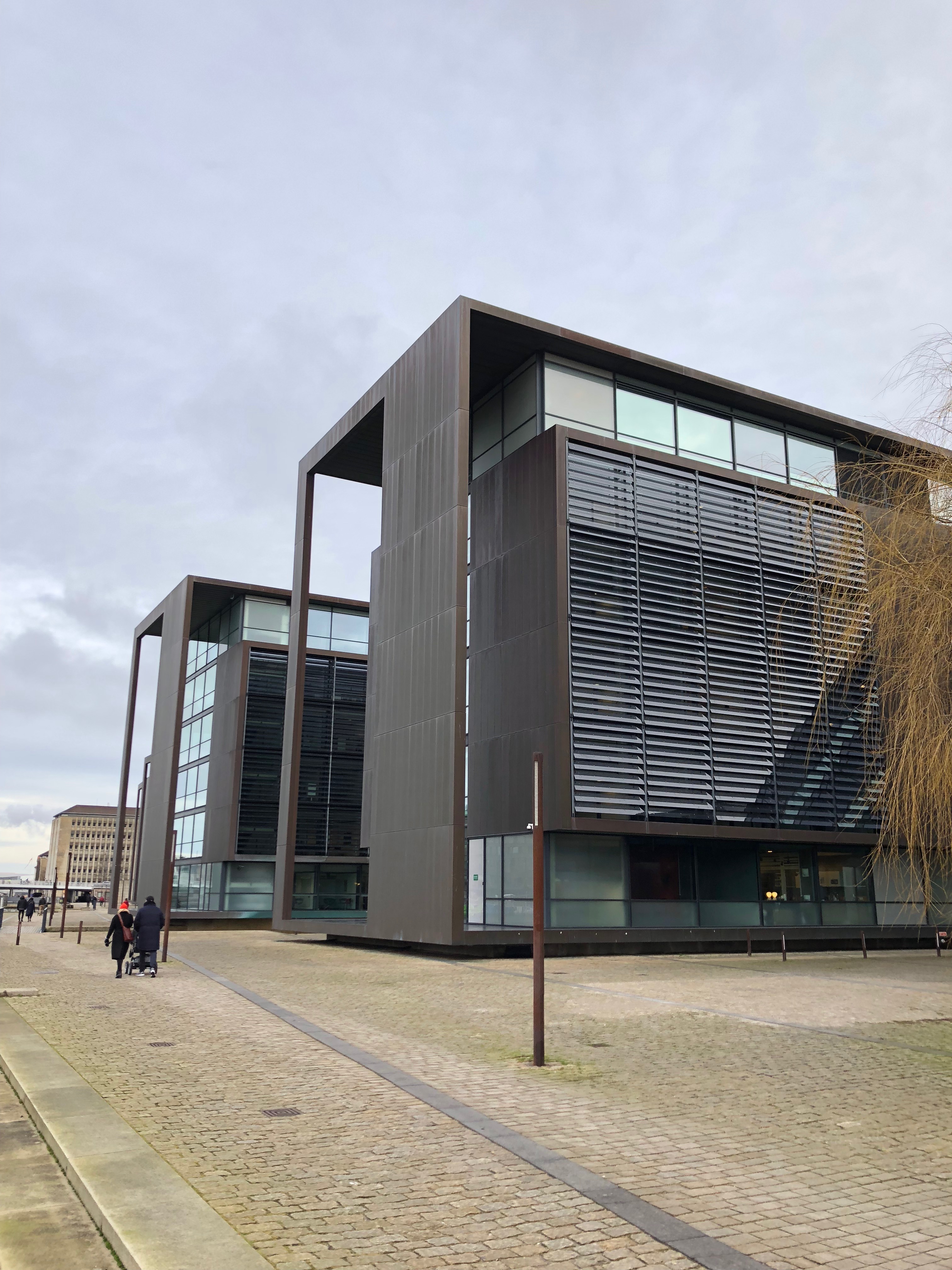
Once across, I took a stroll past the modern buildings that I previously saw along the canal. I crossed Cirkelbroen, a modern pedestrian bridge reminiscent of sailboats along the water. This bridge marks the mouth of the Christianshavn Canal, which passes through the heart of the neighborhood. The waterfront buildings, clad in a bronze-colored metal, emphasize horizontality, with large louvers spanning across their glass windows.
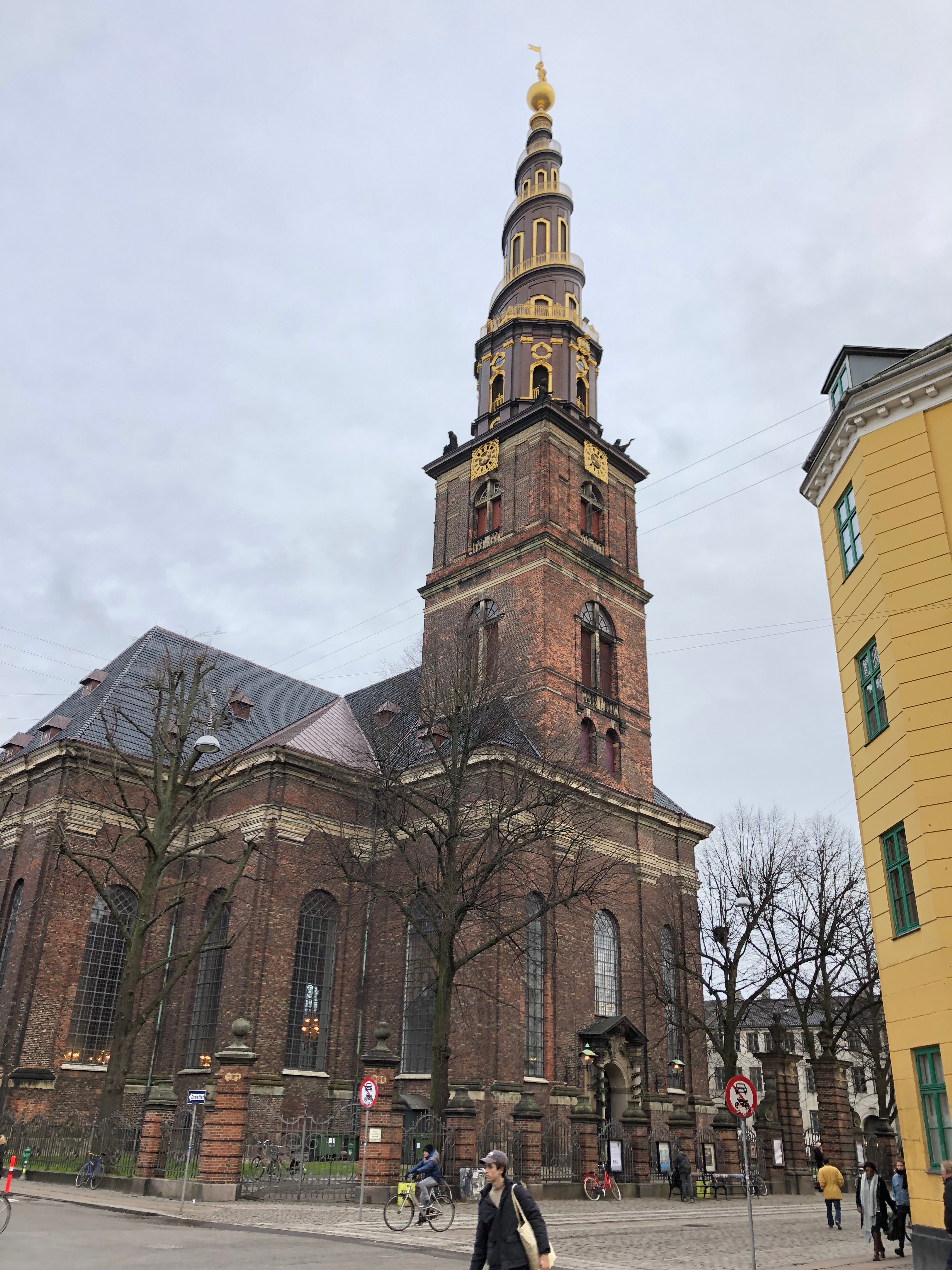
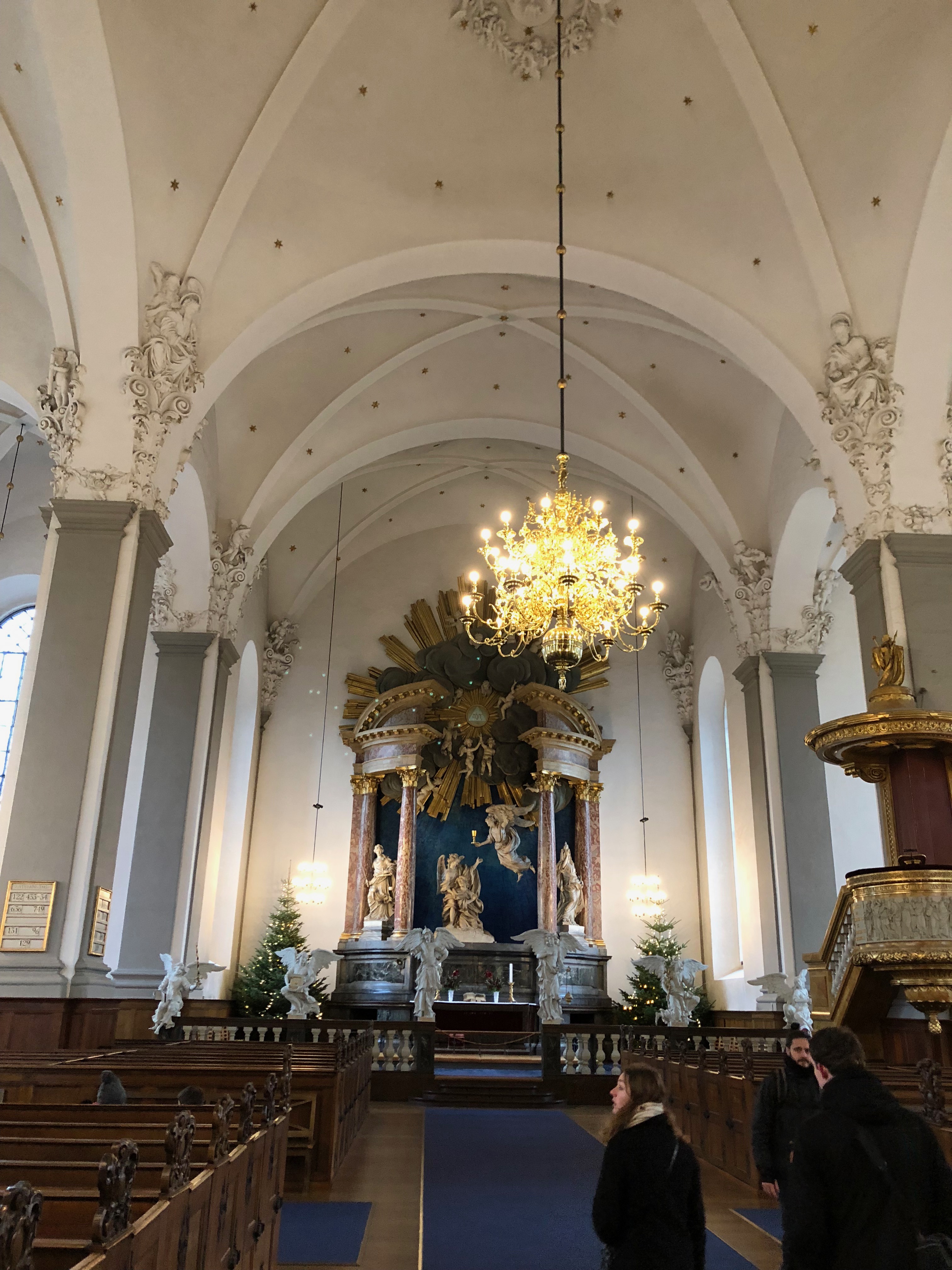
I walked through the center of the neighborhood over to the star attraction: The Church of Our Saviour. This Baroque building has a gilded, spiraling steeple that provides a commanding view of Copenhagen. Sadly, the church was closed when I visited due to the holidays, but I was still able to explore its interior, which is simple in its ornamentation and has a decorative altarpiece and organ.
Christiania
I continued past the church towards Christiania, one of Copenhagen’s most artsy areas. This self-proclaimed neighborhood seems to break all the rules of normal society. Once inside, I passed many stalls selling weed and everyone seemed laid back, just there to enjoy life. Before I knew it, I heard a loud pop as someone launched a firecracker into the sky.
The neighborhood was filled with murals and most of the houses were old and shack-like. I was unable to get any pictures, as the residents enforce a strict no-photo rule. I have even heard stories about tourists getting beaten up just for having their cameras out, so I didn’t want to risk it just for a picture.
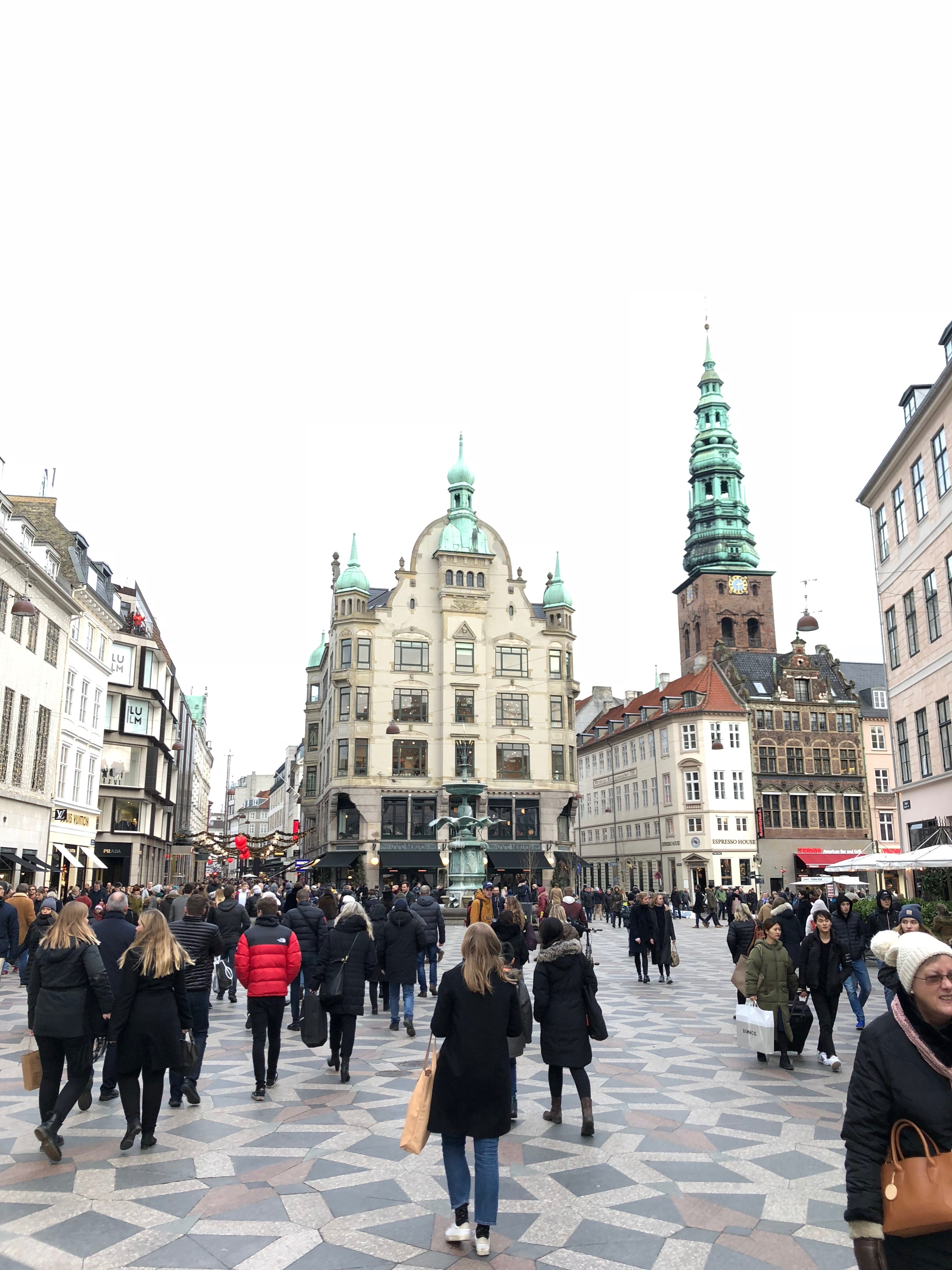
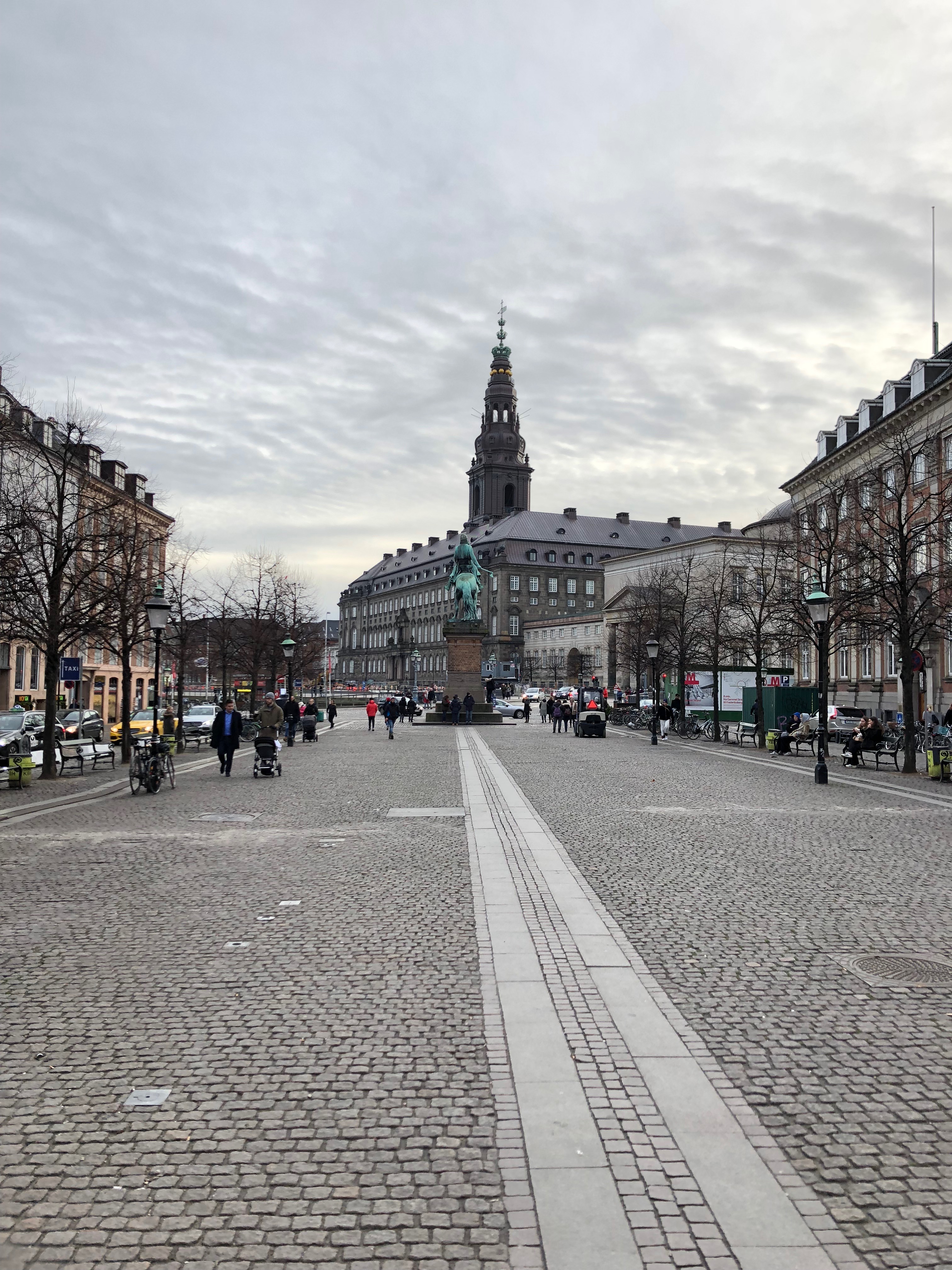
I felt like a quick walk through Christiania was all I needed to get a taste of the neighborhood. I hopped on the metro towards Nyhavn and headed down Strøget for one last time. As it was no longer Christmas, the streets were bustling with tourists and locals alike. Everyone was doing their post-holiday shopping, while I enjoyed seeing the modern and colorful street during the daytime.
My last day in Copenhagen ended with a wonderful night out in Nørrebro with a couple of my hostel mates. Although it was time to leave, I knew I would be back in this wonderful Scandinavian capital in the near future. Copenhagen truly exceeded my expectations as a city with great culture, beautiful architecture, and amazing people!

Like!! Thank you for publishing this awesome article.
These are actually great ideas in concerning blogging.
I like the valuable information you provide in your articles.
Good one! Interesting article over here. It’s pretty worth enough for me.